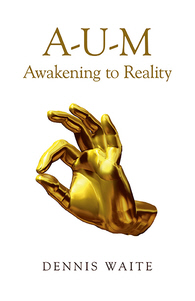A not-too-serious look at the state of AI vis-à-vis Advaita prompted by Martin’s post
It is perfectly understandable that we humans should think that only we have the necessary evolutionary complexity to be able to exhibit self-awareness. But scientists (presumably not human…) seem to think otherwise.
Traditionally, the test for self-awareness has been the ability to realize that it is our own body that we see in a mirror – the MSR, Mirror Self-recognition test. The scientist puts the animal-under-test to sleep and then makes a very visible mark on its face. When it wakes up, it is given a mirror to see if it realizes it is seeing a reflection and tries to remove the mark from its own face, or whether it tries to kill the intruder. According to Wikipedia, other species that have passed this test include “the great apes, a single Asiatic elephant, rays, dolphins, orcas, the Eurasian magpie, and the cleaner wrasse”.
Modern science still argues that consciousness arises as a result of interoperation of various parts of the brain (under the banner of the ‘neural correlates of consciousness’ or NCC), when it reaches a certain level of complexity. Ramesam will know lots more about this.
Continue reading
